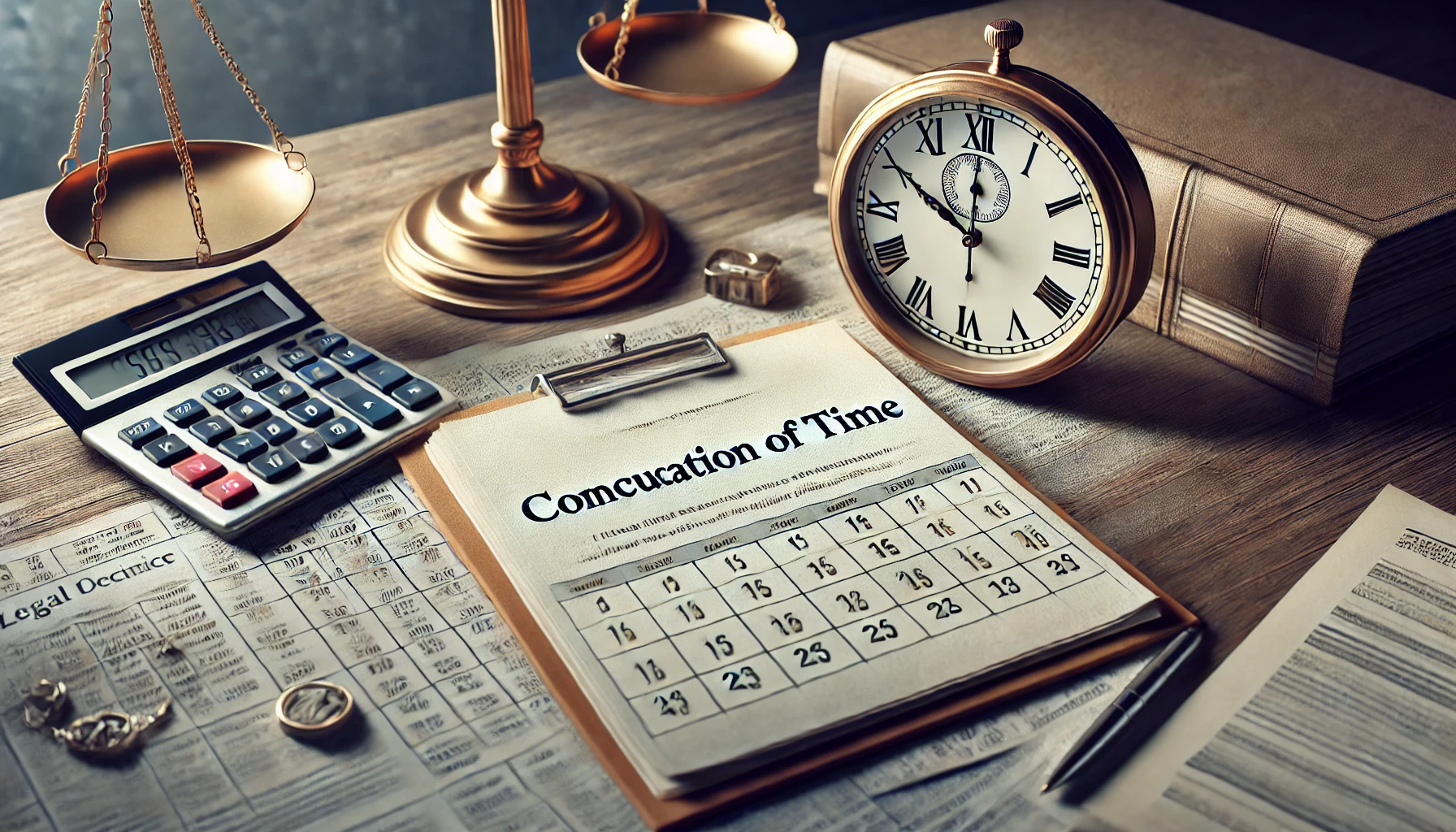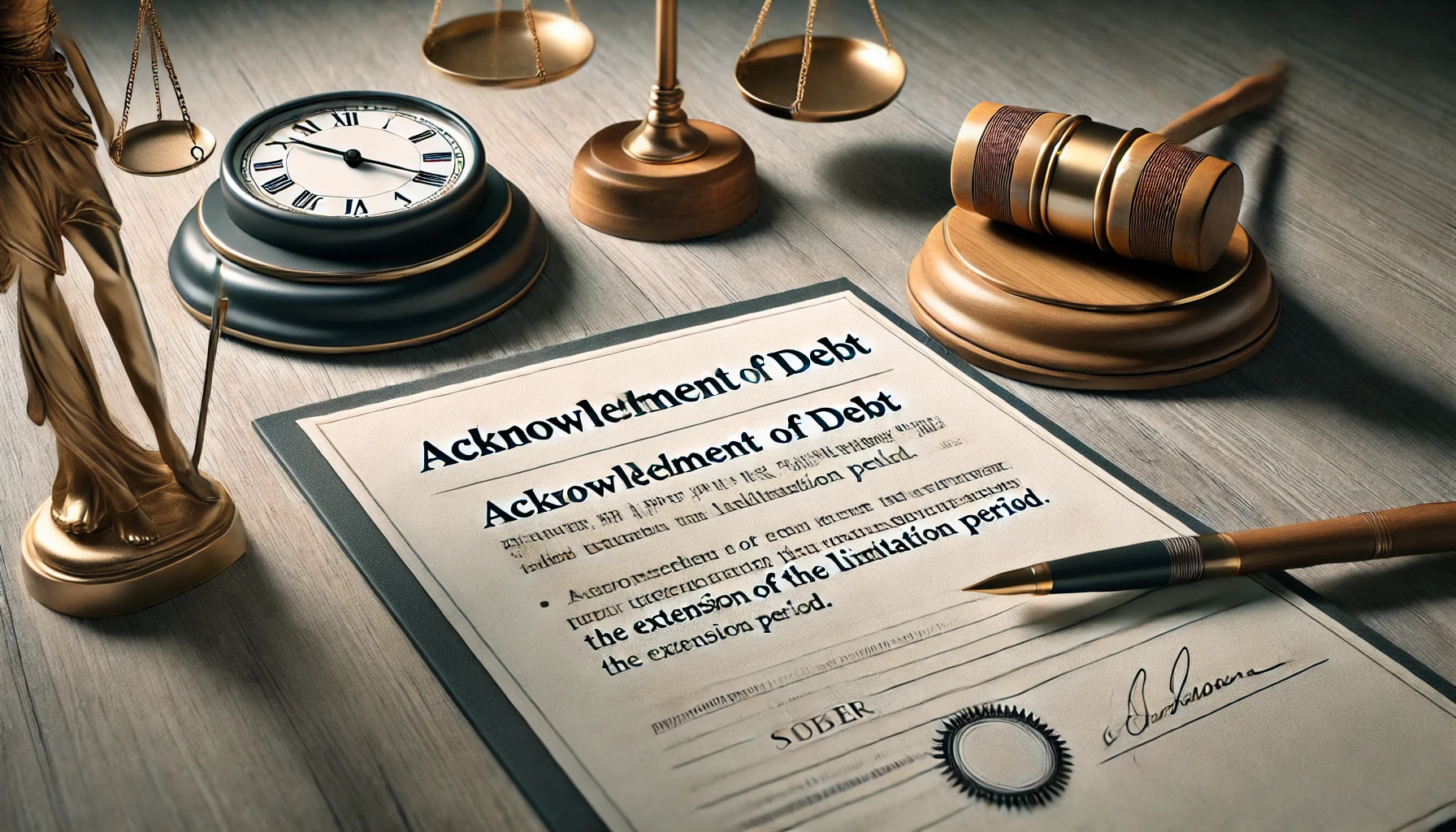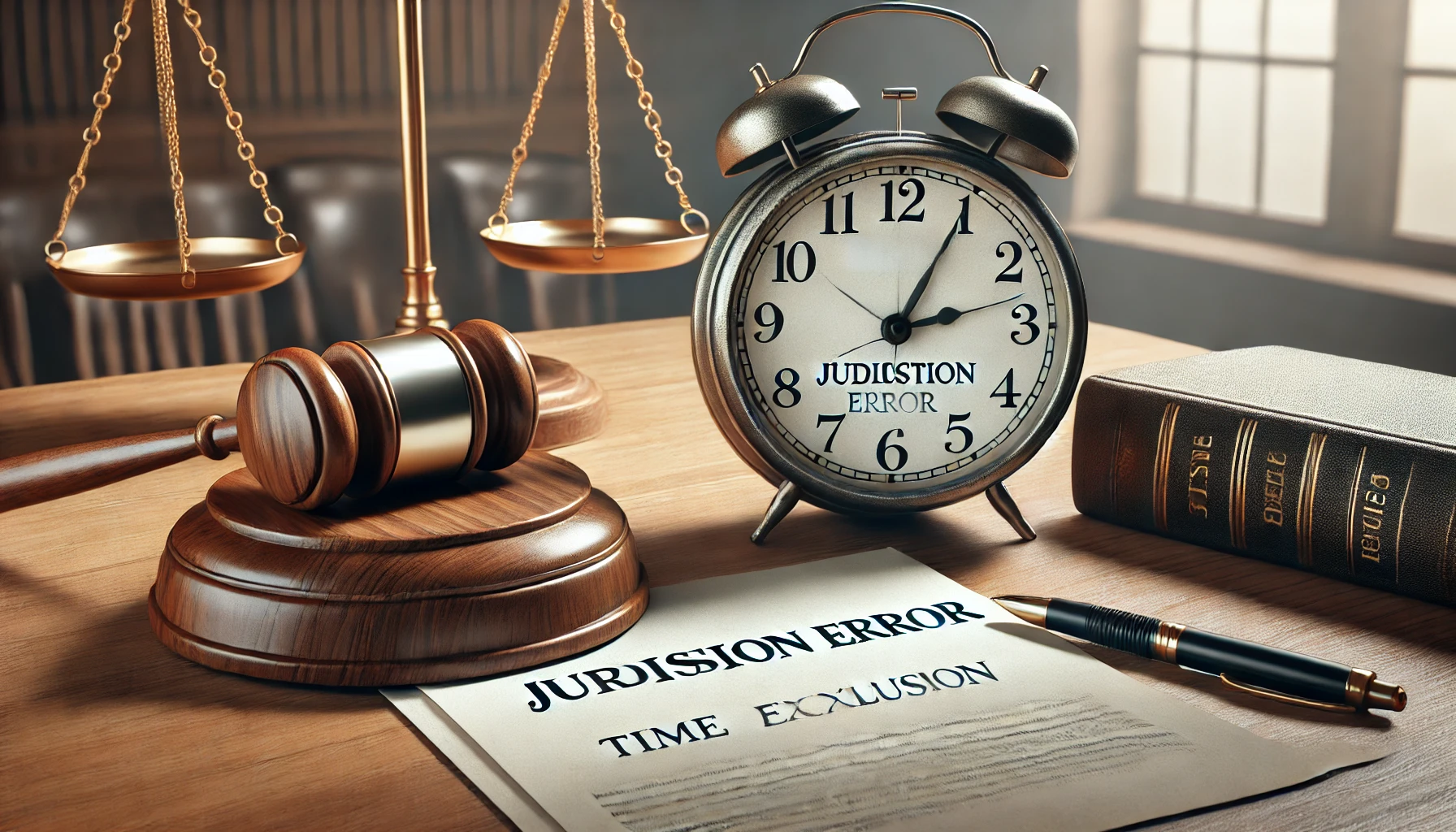Case: Harvey v. Facey (1893)
Citation [1893] AC 552 Court Privy Council Date of Judgment 23 May 1893 Bench Lord Morris, Lord Watson, Lord Macnaghten, Lord Shand, Lord Davey Facts of the Case The case involved a dispute over the sale of property in Jamaica. Harvey sent a telegram to Facey, stating: “Will you sell us Bumper Hall Pen? Telegraph lowest cash price.” Facey replied: “Lowest price for Bumper Hall Pen £900.” Harvey then sent another telegram agreeing to buy the property for £900, but Facey refused to sell. Harvey sued, claiming that Facey’s response to the first telegram constituted an offer and his subsequent reply was an acceptance, thereby forming a valid contract. Legal Issues Whether Facey’s response constituted a legal offer. Whether there was a valid acceptance leading to the formation of a contract. Reasoning of the Court Offer vs. Invitation to Treat The court held that Facey’s response to Harvey’s inquiry was merely a statement of the lowest price he would accept for the property. It was not an offer capable of being accepted. No Meeting of Minds (Consensus Ad Idem) There was no intention to create legal relations or evidence of a concluded agreement. The exchange lacked the essential element of a definitive offer and acceptance. Communication and Clarity The court emphasized that a mere statement of price in response to a query does not constitute a binding offer unless accompanied by a clear intention to sell. Judgment The Privy Council ruled in favor of Facey. It held that no contract had been formed as Facey’s reply was not an offer but an invitation to treat. Harvey’s acceptance, therefore, did not create any legal obligations. Significance of the Case Distinction Between Offer and Invitation to Treat This case is a leading authority on the distinction between a legal offer and an invitation to treat, a fundamental concept in contract law. Clarification of Intent It reinforced the principle that a contract cannot arise from ambiguous communication that lacks a definitive offer and acceptance. Applicability in Modern Law The ruling is widely cited in cases involving preliminary negotiations and statements of price, ensuring clarity in contractual communications. Conclusion The case of Harvey v. Facey is a landmark judgment that clarified the distinction between an offer and an invitation to treat. It established that a statement of price does not amount to an offer unless accompanied by an explicit intent to create legal relations.










